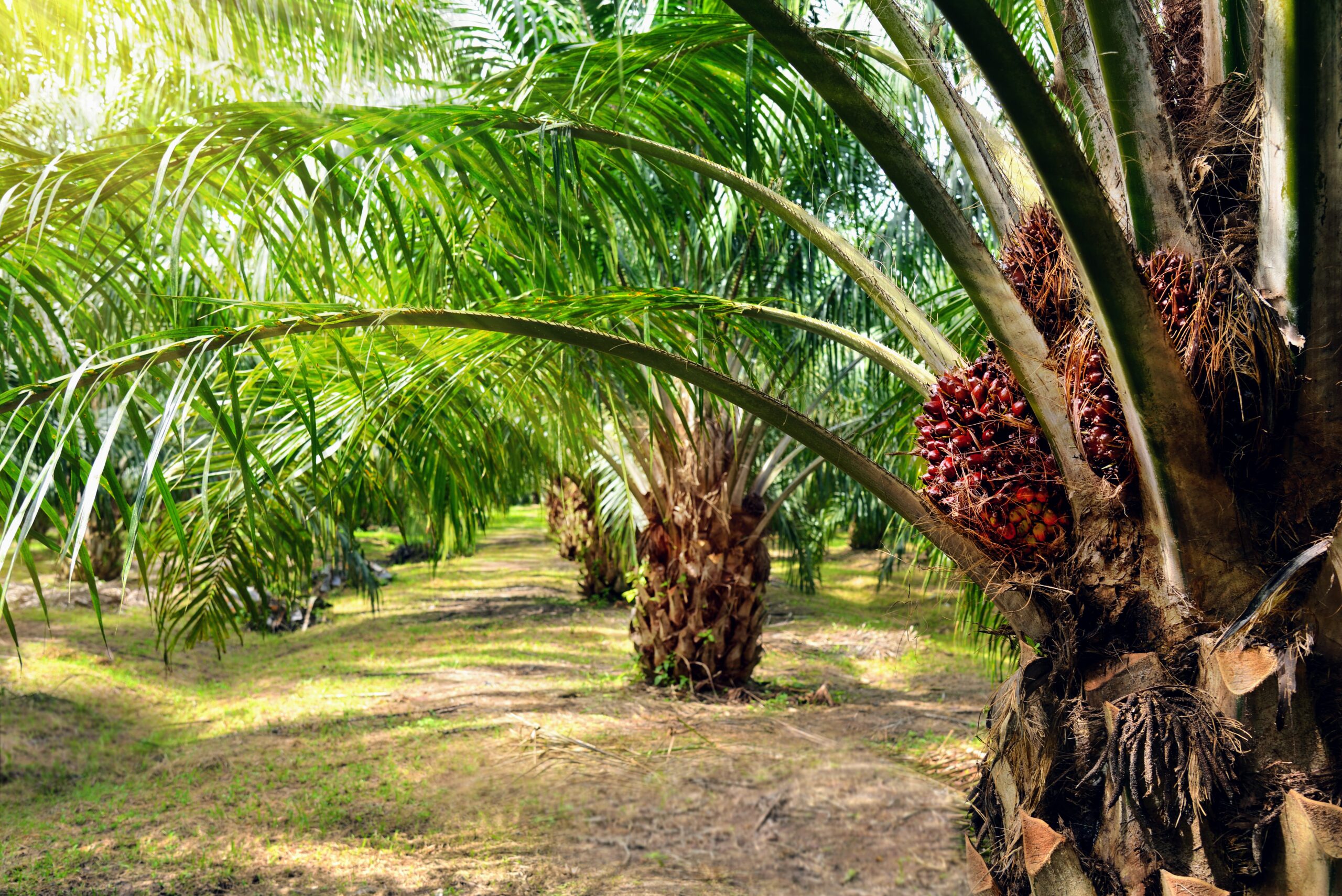Oil Palm Cultivation in Nagaland a ‘Sustainable and farmers’ friendly Centrally-Sponsored Scheme’

Department of Agriculture
Nagaland, Kohima
The Re-assessment Committee of ICAR- Indian Institute of Oil Palm Research, pedavegi, West Godavari, Andhra Pradesh (IIOPR) 2020 has assessed a total area of around 28 lakh hectares for oil palm cultivation , out of which 9.62 lakh is in 7 NE States.
Considering the growing domestic demand for edible oils, the staggering deficiency and the cost to the exchequer on account of imports, the urgency of scaling up the oil palm area is of National interest and does not need any over emphasis. Therefore, to fulfill the National interest, National Mission on Edible Oils – Oil Palm (NMEO-OP) was approved with the aim to enhance the edible oilseeds production and oils availability in the country by harnessing Oil Palm area expansion, increasing Crude Palm Oil production and to reduce import burden on edible oils.
Cultivation of Oil palm in the State was initiated during 2015-16 covering the foothill area as an objective to replace low value crop for the benefit of small and marginal farmers. The State has targeted 15000 Ha for the cultivation of Oil palm in a cluster approach under NMEO-OP so as to enable smooth flow of Fresh Fruit Bunches (FFBs) to the collection centre and processing mill.
The department envisages growing oil palm in a sustainable manner in the foothill areas without disturbing the natural forest in the hilly areas including bio-diversity wherein a regulatory framework of Oil Palm Act will also be planned out.
It is the burning desire of the State to create employment opportunities. The cultivation of oil palm as a high value crop with higher economic returns per hectare with Viabilty Gap Funding (VGF) offered by GoI under (NMEO-OP) would therefore be a boon to the subsistence farmers in comparison to growing other oilseed and plantation crops.
1. Sustainable Agriculture:
Oil palm cultivation does not destroy biodiversity. As the crop is not recommended to grow by replacing the existing forest, there is no question of destroying any biodiversity. Rather it improves the green cover and sequesters more carbon causing more environmental benefits.
Studies conducted world-wide indicate that oil palm plantations have the potential and advantages in mitigating global climate change. Standing crops like oil palm could serve as net accumulators of carbon, thereby offsetting carbon emissions arising mainly from fossil fuel consumption. As per the studies conducted by ICAR – IIOPR, annual dry matter production an adult oil palm is 11.63 tonnes per hectare per annum. The high biomass production like leaves, EFBs, dried male inflorescence etc., are being recycled using appropriate technologies leading to improved soil health. Soil quality is maintained and erosion is avoided by good management practices.
2. Environmental Benefits
Environmental Impact Assessments are normally required for a new development project when the outcome of the project is likely to affect the environment including the Local Communities. However, as per record available Oil Palm cultivation in the country is almost 135 years completed and till now not a single state has raised any Scientifically Validated Negative Impact Issue.
On one side, it is scientifically proved by the ICAR – IIOPR, that Oil Palm can be successfully cultivated in North Eastern Region (NER) under rainfed conditions as this region experiences sufficient rainfall with the soils having more moisture retention capacity, on the other, it is also validated that, Oil Palm also functions as Carbon Sink having properties to absorb 29.3 MT of Carbon dioxide from the atmosphere per hectare per annum purifying the environment thus contributing to mitigate the greenhouse effect like a planted forest, Photosynthetic efficiency of oil palm is higher than tropical forest, Net Carbon is negative, if Forest/Tree crop is converted to oil palm, Net Carbon is Positive, if grassland is converted to oil palm(Ref: ICAR – India Institute of Oil Palm Research -IIOPR).
However, there are reports of negative impacts of Oil Palm cultivation in South Asian countries like Malaysia, Indonesia, and Thailand including African countries where cultivation in these countries are carried out by Private International Companies by Bulldozing & clearing the Natural forest, disturbing all the existing flora & fauna after which Oil Palm are planted as a single crop without intercropping (mono-cropping) and cultivated in deforested land. Such practices have resulted negative impact to the environment.
Whereas, in India particularly in NER and in the context of Nagaland, cultivation of Oil Palms are targeted only in the foothills and cultivable wastelands, where economic crops are not grown, and existing Jhums & abandoned Jhums under rainfed conditions(where the NER receives 7-8 months annually) without disturbing the forest land in a Project mode nd cultivated only by small and marginal farmers and not by the companies Also, production of other vegetable oils would still impact biodiversity because those crops would need land to be cleared, too. Oil palm crops need less fertilizers and pesticides than other vegetable oil crops. This means fewer dangerous chemicals leak out into the environment. It is known to be less vulnerable to pests and diseases. This can help farmers in minimizing the risks associated with farming.
3. Economic Potential:
Oil palm is the highest edible oil yielding crop species and the largest source of vegetable oil in the world which has got a very high genetic yield potential of up to 18 tonnes of crude palm oil per hectare per year The crop starts yielding from fourth year onwards and produces two distinct oils, i.e., palm oil and palm kernel oil.
This in turn is capable of yielding 4.00-6.00 MT of palm oil and 0.40-0.50 MT palm kernel oil (PKO). In comparative terms, yield of palm oil is 5 times the yield of edible oil obtainable from traditional oilseeds. The cultivation of existing crops which do not interfere with growth of oil palm to be continued as intercrops during initial years of plantation provides subsistence for small holders.
4. Diversification of Agriculture:
Nagaland’s economy heavily relies on traditional agriculture practices, such as jhum cultivation. Introducing oil palm cultivation can diversify the state’s agricultural landscape towards settled cultivation, especially in the foothills, reducing dependence on single-crop cultivation and increasing resilience against climate change and market volatility.
The rapid increase of land degradation due to jhumming, deforestation, loss of biodiversity, decrease in productivity and increased frequency of flood threat are leading to an ecological crisis affecting livelihood options for Jhumia families in NE States. To overcome these constraints, oil palm stands as an ideal crop capable of achieving ecological balance, food, employment and security with emphasis on prevention of shifting cultivation, ensuring better land management.
5. Intercropping:
Mandatorily intercropping with location specific income generating crops like Vegetables, Turmeric, Mustard, Groundnut, Soyabean, Ginger, Banana, Fodders, Cocoa, Coffee, black pepper etc in the wide spaced area of 30×30 ft (Plant to Plant & row to row) for an additional income of the farmers till the 4th years of gestation period will have to be done as Oil Palm starts bearing fresh fruit bunches (FFBs) from 5th year of plantation. Therefore it is not a monoculture as claimed by many. Moreover Integrated Farming System incorporating livestock and shade loving crops will always be employed during the entire life span of Oil Palm Cultivation.
6. Job Creation:
Oil palm cultivation requires year- round labor-intensive activities, such as planting, harvesting, and processing. Therefore, these plantations employ people permanently and not just seasonally as they are with other vegetable oil crops. This improves the livelihood of palm oil farm employees including small and marginal farmers.
7. Technical Support provided by ICAR-IIOPR:
The ICAR-Indian Institute of Oil Palm Research, Pedavegi, West Godavari is the Country’s lone Research Institute on Oil Palm. The Department of Agriculture, Nagaland is in constant touch with the Institute.
8. Oil palm water requirement :
As per ICAR-IIOPR, Oil Palm requires less water compared to crops like Rice, Banana ands ugarcane for its optimum cultivation. Under the National Mission on Edible Oil-Oil Palm (NMEO-OP), emphasis has been given to promote micro irrigation and water conservation in oil palm for efficient water management and judicious use of water.
Crop-wise water requirements

(Source: ICAR- IIOPR)
In oil palm, majority of functional roots exist within the depth of 0 – 60 cm from soil surface. Oil palm crop cannot draw ground water from this depth as Ground water table is well below this level.
In NE states evapo-transpirational rates are lower than rest of India, and the water requirement during dry period is around 100 to 150 litres per day per palm which is well below the levels recommended for peninsular India which is around 250 litres.
16. Enactment of Nagaland Oil Palm Act:
It is mandatory for all the Oil Palm Project implementing States to enact an Act to safeguard the interest of the Farmers/ Growers and for the processing Company/ Industry to create a Win-Win situation. Additionally, the Act will contain the Dos & Don’t by the farmers & Company, Price Fixation Policy of FFBs etc. Accordingly, the Nagaland Oil Palm, (Regulation of Production and Processing) is under active preparation.
17. Viability Gap Payment Scheme (VGP):
In order to ensure that all the Oil Palm farmers receives a remunerative price of Fresh Fruit Bunches (FFBs) at par by all the farmers of the country in particular Oil Palm growers of NER, Ministry of Agriculture & Farmers Welfare Government of India has developed a mechanism called Viability Gap Payment (VGP) which is similar to minimu support price concept. When the agreed price of FFBs to be paid by the Oil Palm Processor/Industry to the farmer is less than the Viability price set by Government of India every November, the difference will be paid by the Government of India through Direct Benefit Transfer to the account of the Oil Palm farmers. As required under the new guidelines, for availing VGP facility, the State Government has already signed an MoU in the year 2022 till 2037 with the Ministry of Agriculture & Farmers Welfare, Govt. of India.
















